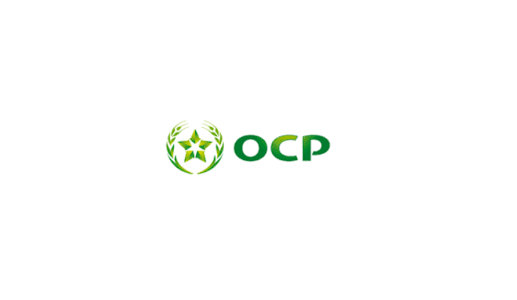Recent News
Read the latest news and stories.

Work on the future user experience

ABOUT THE CLIENT
OCP
PROJECT OVERVIEW
Work on the future user experience by setting up a User Experience and User Interface dedicated to the project.
TECHNICAL DIFFICULTIES
Our work on the UX/UI of this future application presented several technical challenges, especially as the aim was to offer an exceptional user experience:
Device Adaptability (Responsive Design):
We had to take responsive design into account to ensure a consistent user experience across smartphones, tablets and desktops.
Performance:
Implementing a beautiful interface is fine, but not at the expense of future performance, speed and responsiveness of the user interface. Fast page loading and smooth interactions contribute to a better user experience.
Complex navigation :
Designing intuitive navigation can be difficult. A complex menu and navigation structure can lead to a confusing and frustrating user experience.
THE SOLUTION
In-depth user research:
We conducted in-depth user research in the context of design thinking meetings to understand needs, motivations and habitual behaviors.
Iterative design and rapid prototyping:
We adopted an iterative design approach to gather frequent user feedback throughout the process, and also used rapid prototyping tools to create interactive mock-ups. This allows us to get feedback earlier in the design process and make adjustments more quickly.
Regular user testing:
We integrated regular user testing throughout the development cycle. This helped identify UX issues at an early stage and correct them before launch.
Collaborative design and use of Personas:
We encouraged collaboration between UX designers, developers and other stakeholders. This enabled a common understanding of objectives and constraints, promoting a more coherent design. Secondly, by creating personas to represent the different types of users of the application. This helped to keep the focus on their specific needs throughout the design process.
Mobile-First Design:
We took a mobile-first approach to the design of our client’s application. Ensuring that the user experience is optimal on mobile devices, then extending it to larger screens.
Compliance with User Interface Conventions:
Throughout the design process, we were careful to comply as far as possible with user interface conventions, but it’s true that we didn’t hesitate to innovate where this brought real value, because we believe that the most important thing is user feedback.
KEY BENEFITS
We were able to mitigate UX challenges and create a positive, engaging user experience for our client’s future application. Flexibility and responsiveness to user needs were key to the ongoing success of the UX.
TECHNOLOGY
Adobe, Figma
